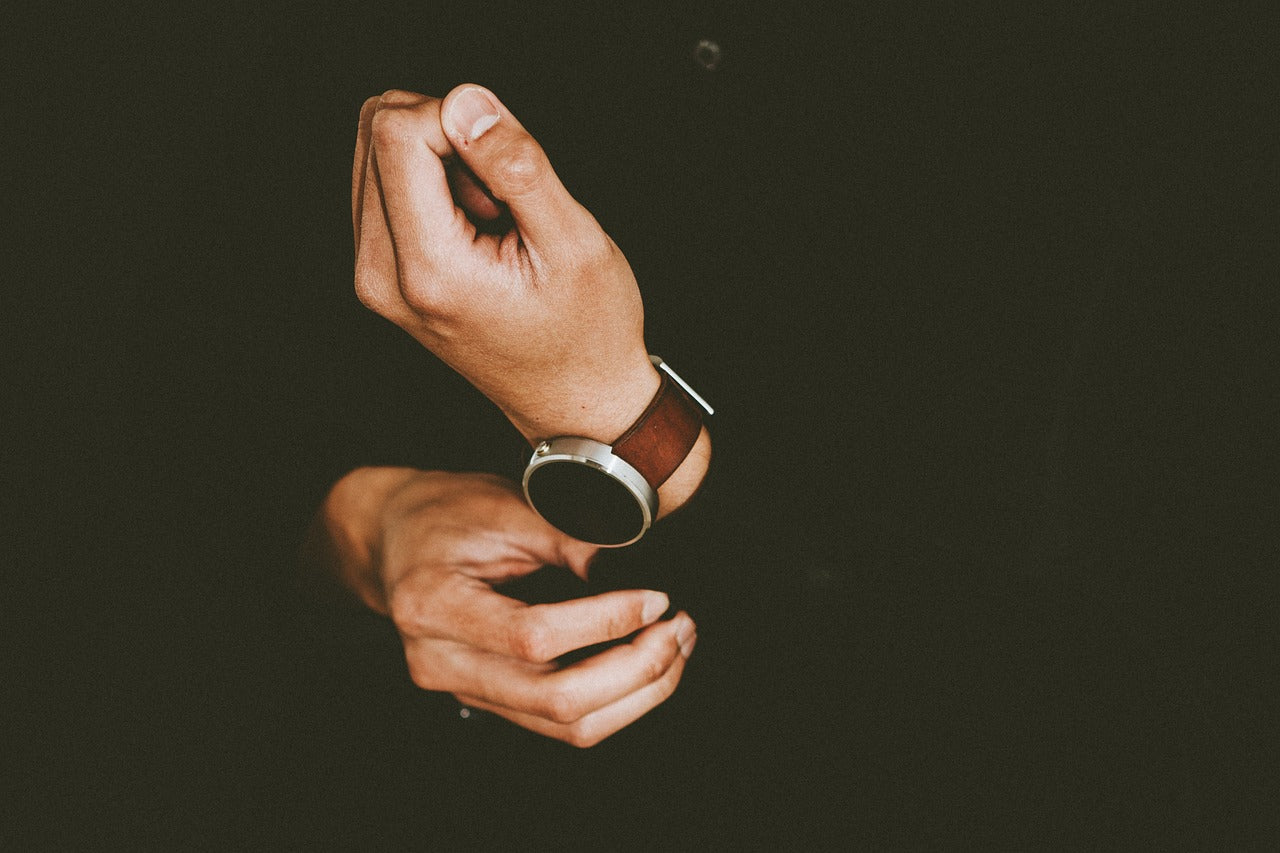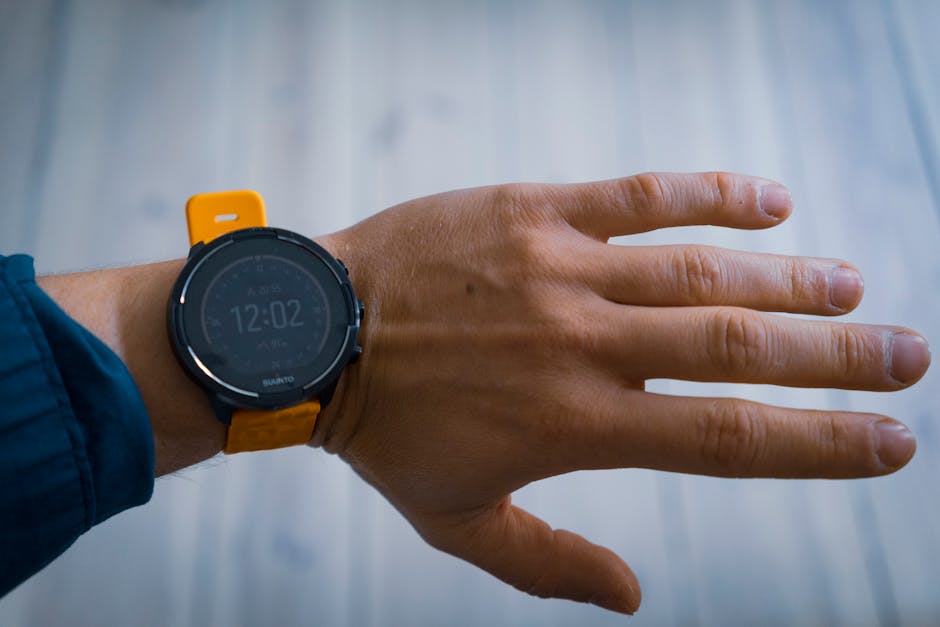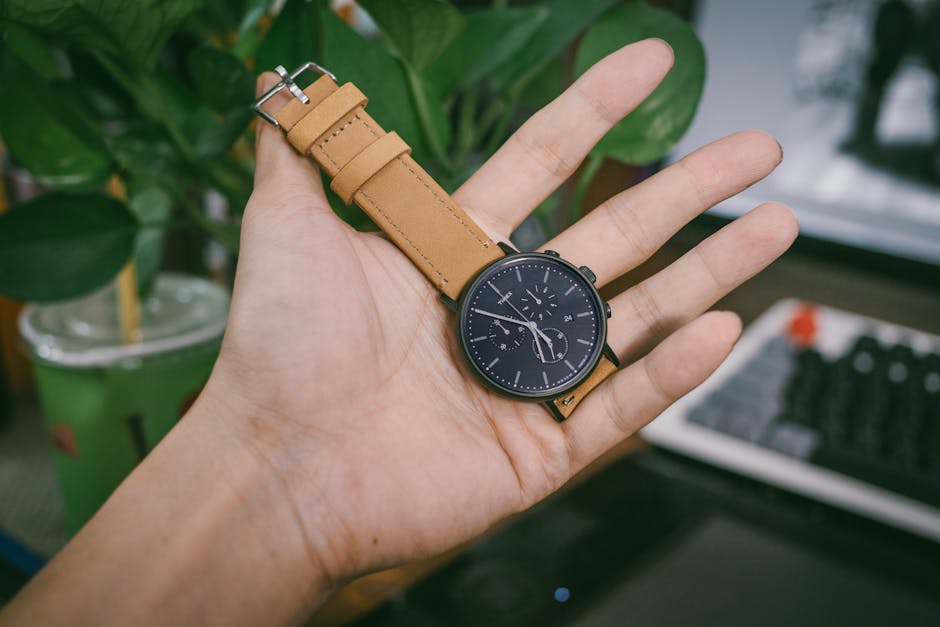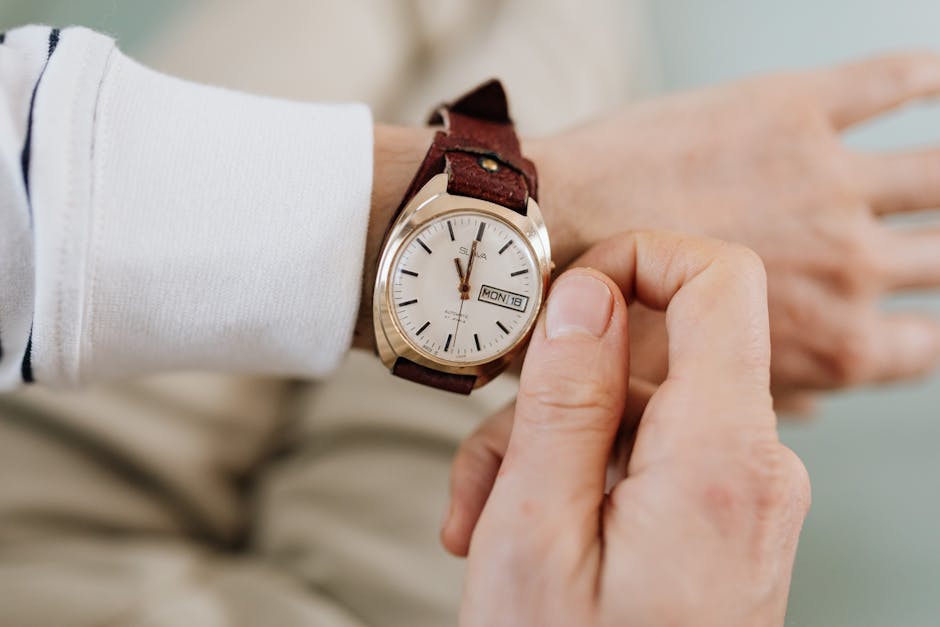
Why Do People Wear a Watch On Their Left Hand?
Many of us are so accustomed to wearing our watches on our left wrist that we seldom question why. However, this common practice is not just a simple coincidence, but rather a product of centuries-old watchmaking tradition and practicality.
The norm of wearing a watch on the left hand can be traced back to an era when timepieces were not as ubiquitous as they are now. Historically, wristwatches were a relatively new phenomenon, with pocket watches being the accessory of choice for timekeeping. This tradition gradually transitioned to the wrist, with the left hand becoming the preferred location for many. Over time, this norm has stood firm despite the advancement of time and innovation in the horological world.
In this blog post, we will delve deeper into the factors that have influenced this tradition, as well as the benefits that come with adhering to this norm. From historical practices to functional reasons, let's uncover why we wear our watches on our left hand.
Practical Reasons: Dominant Hand Considerations
While it may seem random, there is a practical reason behind wearing watches on the left hand.
The dominant hand plays a crucial part in this sartorial choice. Right-handed individuals typically use their dominant hand for day-to-day tasks, and a watch could serve as a hindrance while writing, typing, or doing other activities. Therefore, right-handed people tend to wear their watch on the non-dominant hand i.e., the left hand.
This is not only to prevent potential damage to the watch from activities, but also to avoid the discomfort of having something on the wrist while performing tasks. For left-handed people, this logic is simply reversed.
So, in the end, it's not an arbitrary decision, it's a choice made with considerations to functionality and practicality.
The Evolution of Watch Design for the Left Wrist
Watch design has undergone remarkable evolution over the centuries. This evolution shapes how we wear our watches today, especially on the left hand.
Initially, watches were designed to be worn around the neck or kept in a pocket. However, during the World War I era, watches shifted to the wrist for practical purposes.
This design evolution was predominantly for right-handed individuals, considering they form the majority of the population. Thus, a watch worn on the left wrist would be easier to wind and set, using the dominant right hand.
Over time, this tradition solidified, creating a norm of watches being specifically tailored to be worn on the left wrist. Even in our era of battery-operated watches, this tradition continues. In fact, most wristwatch wearers are so accustomed to this, wearing a watch on the right wrist feels out of place.
In essence, the evolution of watch design for the left wrist is deeply rooted in historical norms and today's user preferences.
Analysis: Majority Right-Handed Population and the Watch Location)

There's a simple yet fascinating reason why most people wear their watch on the left hand: approximately 90% of the population is right-handed. However, it's not a mere case of "following the majority."
Wearing a watch on the non-dominant wrist allows the dominant hand to be free for tasks that require precision and skill. This traditional watch location also reduces the likelihood of your precious timepiece getting bumped, scratched, or damaged during everyday activities.
Moreover, given that many watches have a "crown" on the right side of the watch case designed to be adjusted by the right hand, wearing a watch on the left hand simply makes practical sense. So, next time you strap on your LUCA watch, you'll know there's more than habit behind its location.
The Role of Comfort in Choosing Which Hand to Wear Your Watch)

Undeniably, comfort plays an immense role in deciding which hand to grace with your luxury timepiece.
Often, the 'right hand or left hand' debate bypasses this crucial factor. So, what exactly contributes to a comfortable watch wearing experience?
Firstly, the dominant hand comes into play here. Typically, watches are worn on the non-dominant hand for ease and convenience in daily activities - allowing the dominant hand to function unimpeded.
Secondly, weight considerations come into play. LUCA Watches, with their intricate designs and meticulous craftsmanship, have a substantial feel. Therefore, it's key to ensure the wrist carrying the watch is comfortable doing so.
Finally, personal preference undoubtedly influences this decision. Some may find specific arrangements more comfortable based on individual habit or lifestyle.
Remember, above all, your luxury watch wearing experience should be a comfortable, seamless extension of your everyday style.
Customs and Traditions Around the World)

In various cultures across the globe, wearing a watch on the left hand is a long-standing tradition. This custom is often linked to practicality, as the majority of people are right-handed, wearing a watch on their non-dominant hand prevents it from hindrances and potential damages.
In contrast, the Chinese have an interesting belief system. They prefer to wear their watches on the right wrist, as it is believed to bring good luck and prosperity.
In Russia and India, wearing a watch on the left hand has ties with the age-old superstition relating to 'left' as being the more auspicious side.
These customs have played a significant role in shaping the tradition of wearing watches predominantly on the left hand. Despite varying reasons, the essence of the tradition is respect for customs and cultural diversity.
Safety and Durability: Less Damage on the Left Wrist)

Many opt to wear their watch on the left wrist for safety and durability reasons, particularly to protect the watch from damage.
The left hand is typically less active than the right, making it a safer location for a delicate timepiece. Exposing your watch to fewer high-impact activities significantly reduces the risk of accidental knocks and scratches.
In addition to this, the basic mechanics and intricate parts of a watch are remarkably sensitive to external forces. Frequent direct impacts can disrupt its precision and ultimately, its lifespan.
So, by wearing your LUCA watch on your left wrist, you're not only adhering to tradition but also ensuring added safety for your timeless investment. The less the watch is subjected to strenuous activity, the longer it will maintain its elegant appeal and immaculate functionality.
Easy Accessibility and Time Efficiency Benefits
In the rush of daily life, every second matters. By wearing a watch on your left hand, you can easily glance and immediately know the time.
Concurrently executing tasks, such as holding documents or steering your vehicle? No problem, your right hand remains free for use.
Having a LUCA Watches timepiece on your left hand also enhances time efficiency. In professional settings, it takes a minuscule swift motion of the wrist to check the time quietly and unobtrusively, without causing any disruptions.
This not only strikes an impression of respect but also efficiency. Furthermore, consider the customary mannerism of shaking hands. With your timepiece on your left hand, it remains unobstructed and visible, a subtle testament to your punctuality.
Impact of Technology: Smartwatches and Fitness Trackers on the Left

In recent years, technology-infused wearable devices like smartwatches and fitness trackers have gained momentum and found a notable spot on the left wrists of individuals world over.
These devices have astutely utilized the standard practice of wearing a watch on the left hand. With their enriched feature set, ranging from timekeeping to heart-rate monitoring and fitness tracking, these devices have subtly transformed the left wrist into a hub of wellness data.
Additionally, since most people are right-handed, wearing these high-tech gadgets on the left keeps the dominant hand free, enabling convenient multitasking. Smartwatches and fitness trackers have made the “watch on left hand” paradigm technologically meaningful, successfully redefining the left wrist as not just a holder of luxury timepieces, but an intersection of elegance and technology.